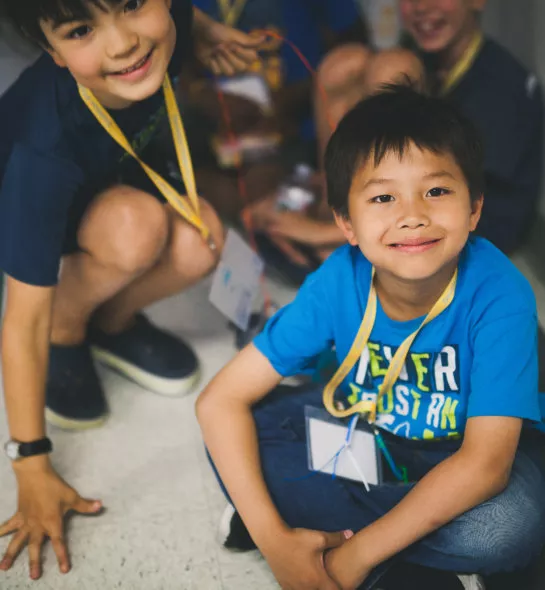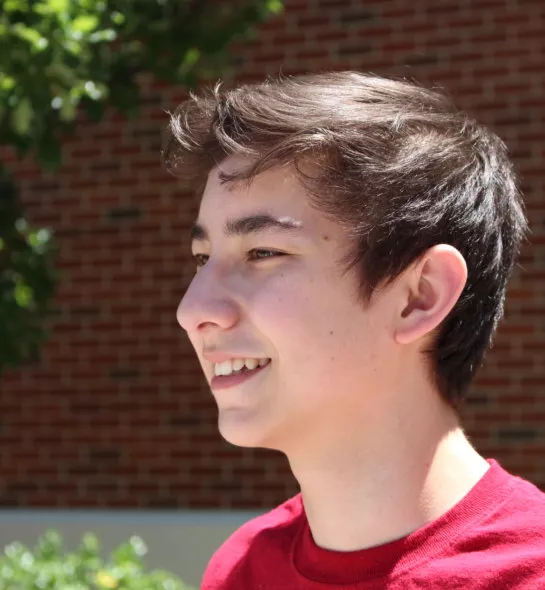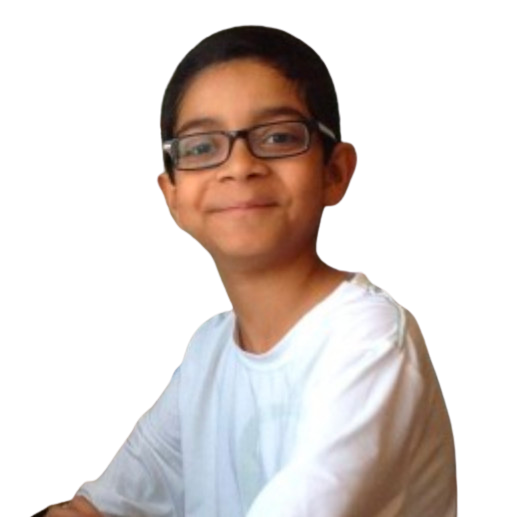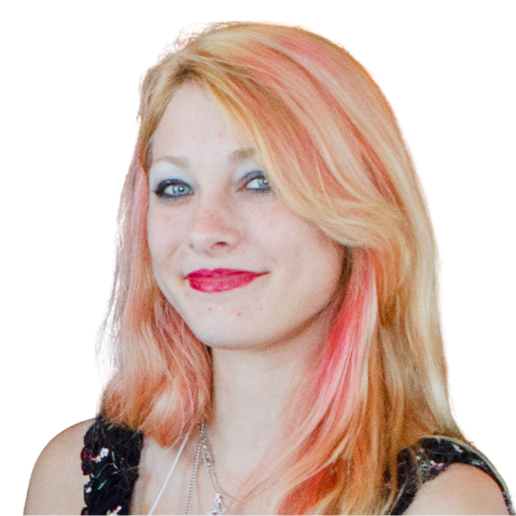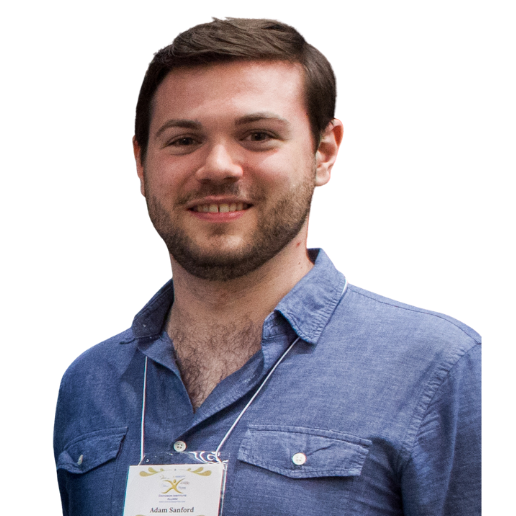Connecting and Supporting Gifted Families
We provide a range of family services designed to nurture the intellectual, social, emotional, and academic growth of profoundly intelligent young people between the ages of 5 and 18. Families can tailor their level of involvement to suit their needs, accessing offerings such as personalized support sessions with our team, an online member community, expert-led webinars, summer events, and more. As your family’s needs evolve, we are here to guide and support you throughout your gifted parenting journey.
